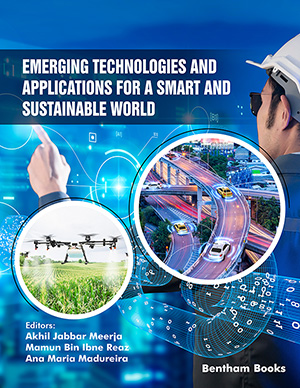Abstract
Background: In marine ports, the task of loading, unloading, and stacking containers is completed by Rubber-Tired Gantry (RTG) cranes. How to make the RTG cranes work efficiently and reduce their emissions, is a hot research topic.
Objective: Because current RTG cranes still need a large capacity of diesel engine for energy supply, renewable energy sources, such as solar energy, are introduced to reduce further the capacity of the diesel engine.
Methods: A photovoltaic hybrid power supply system for RTG cranes is proposed. A MATLAB/Simulink simulation model for the crane with a 10kW solar panel is built, and a power predictive control method is proposed to realize Maximum Power Point Tracking (MPPT). The power variation of photovoltaic panels under different irradiance is studied.
Results: The simulation results show that the proposed MPPT control method is better than the other two perturb and observe methods. When the irradiance changes cause the photovoltaic output to vary, the lithium battery changes its output correspondingly to compensate for the photovoltaic change, and the load power is still met. The capacity of the diesel engine is 40 kW, which is smaller than the former 50 kW one. Based on the irradiance condition in Shanghai, China, the RTG crane can have an 11.4 % fuel reduction yearly by introducing the photovoltaic system.
Conclusion: The results show that it is feasible to add the photovoltaic system into the RTG crane, which can reduce the capacity and emissions of the diesel engine.
Keywords: Rubber Tyre Gantry (RTG) crane, hybrid power system, photovoltaic system, lithium battery, maximum power point tracking (MPPT) control, energy-saving and emission-reduction.
























